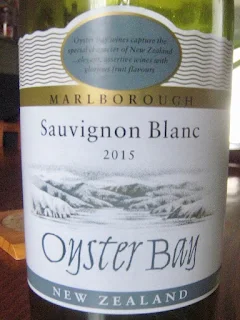When opening a highly aged bottle of wine, it's important to handle it with care to ensure the best possible experience. Here are some guidelines to follow:
Store the bottle properly: Aged wines are typically stored on their sides to keep the cork moist and prevent it from drying out. Ensure that the bottle has been stored in a cool, dark place with a consistent temperature.
Handle the bottle gently: Older wine bottles may be more fragile, so handle them with care to avoid any accidental breakage. Avoid shaking or jostling the bottle, as it can disturb the sediment that may have settled over time.
Allow the bottle to rest: Before opening an aged bottle, it's advisable to let it rest upright for a day or two. This allows any sediment to settle at the bottom, making it easier to decant the wine later.
Use the right tools: When it comes to opening an aged bottle, use appropriate tools
Choose the right opener: For aged wines, it's best to use a corkscrew specifically designed for delicate or fragile corks. A double-hinged corkscrew or a Durand corkscrew (a combination of a traditional worm and an Ah-So opener) can be helpful in gently extracting the cork without it crumbling.
Check the condition of the cork: Carefully inspect the cork for signs of damage or crumbling before attempting to open the bottle. If the cork appears to be deteriorating or shows signs of leakage, consider using a two-pronged cork puller or a Durand corkscrew to extract the cork more securely.
Open the bottle slowly: Take your time when removing the cork from an aged bottle. Apply gentle, steady pressure when inserting the corkscrew into the cork, ensuring it goes straight down. Slowly twist and pull the cork out without rushing or using excessive force.
Have a decanter ready: Aged wines often have sediment that has developed over time. To separate the wine from the sediment and enhance its flavors, have a decanter or a clean glass vessel ready for decanting. Pour the wine slowly and steadily, leaving the sediment behind in the bottle.
Allow the wine to breathe


